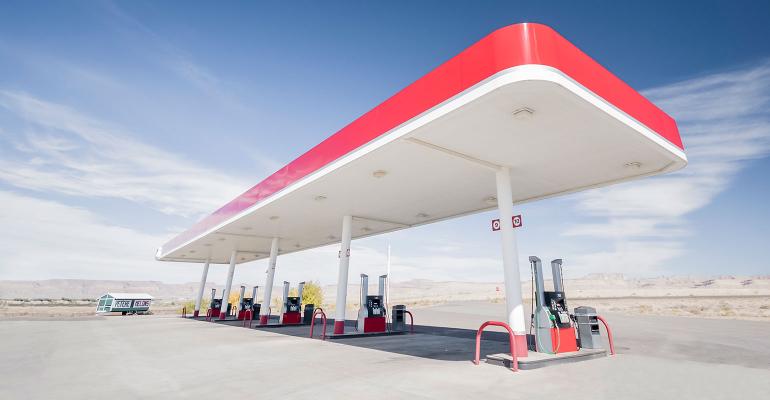This post is part of the On the Margin blog.
Gas prices plunged late in 2014 and in 2015. Unsurprisingly, restaurant sales in early 2015 were spectacular.
According to MillerPulse, restaurant industry same-store sales in January 2015 increased 5.3 percent — the highest rate in the post-recession era.
Gas prices have hovered around $2 per gallon ever since, a historically low rate that has put money in Americans’ pockets.
But those days appear to be ending. Gas prices are creeping back up as the price of oil rises. It’s more likely that gas prices will keep increasing than it is that they’ll fall again.
That trend may have a real impact on restaurant sales.
“The industry could be susceptible to gas prices,” said David Maloni, president of the American Restaurant Association.
Let’s put things into context: Gas prices remain exceptionally low. Even if they increase 50 percent, they will still remain 25 percent below all-time highs.
Still, gas prices have increased for 14 days straight, and now average $2.21 per gallon, according to AAA. That’s about 20 cents per gallon more than a year ago, or a 10-percent increase. That translates into $8 per month for a typical American driver.
Consumers have also grown accustomed to lower gas prices as a new normal after two years.
“The general consumer is going to forget that gasoline prices were $4, or $3.50 a gallon,” Maloni said. “Budgets adjust accordingly, whether that’s a mental budget or a true budget.”
Gas prices are expected to rise because oil-producing states recently agreed to cut production, thereby limiting supply. Crude oil prices increased to $53 per barrel as a result, which pushed up gas prices.
Maloni pays close attention to commodities for restaurant companies, and he watches oil prices. He is skeptical about the potential for oil producers to actually cut production, which would limit gas price increases. Indeed, oil prices have fallen in recent days.
“It’s going to be hard to meet those production cut targets,” Maloni said. “Most of those countries’ social programs are driven by crude oil. It doesn’t make sense to sell less of it.”
Nevertheless, there is a bigger risk that that gas prices will increase in the future, and Maloni says restaurants should be prepared.
There’s no question that the decline in gas prices in late 2014 and early 2015 was spent at restaurants. An increase in gas prices would also impact restaurant sales, but negatively.
One explanation for same-store sales weakness this year is that the increase in 2015 was inflated because consumers were spending their savings. This year, consumers have shifted their budgets, and are spending more at grocery stores as prices there fall.
Maloni is somewhat skeptical about the impact of low food prices at grocery stores on restaurant sales, and said he couldn’t confirm the correlation. But the correlation between gas prices and restaurant sales is “very strong,” he said. If prices rise as high as, say, $3 per gallon, consumers will notice, and they will adjust their spending accordingly.
“Maybe they [restaurants] should be more concerned about the rise in gas prices,” he said.
Jonathan Maze, Nation’s Restaurant News senior financial editor, does not directly own stock or interest in a restaurant company.
Contact Jonathan Maze at [email protected]
Follow him on Twitter: @jonathanmaze





